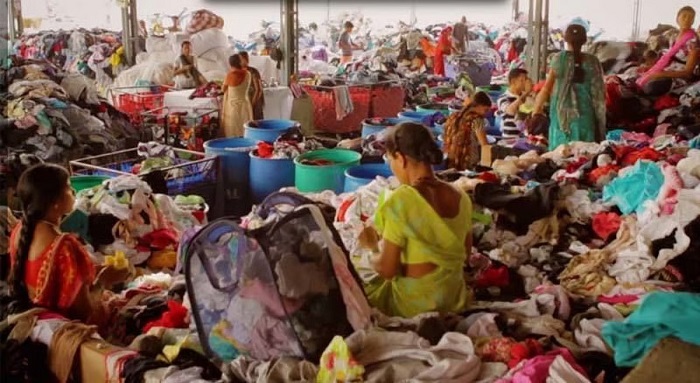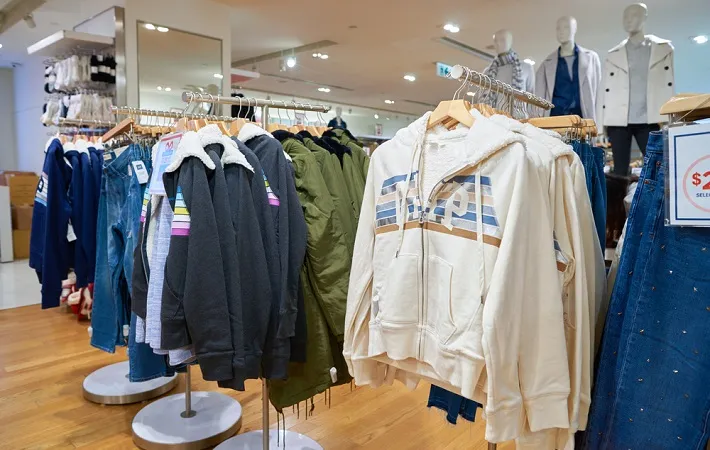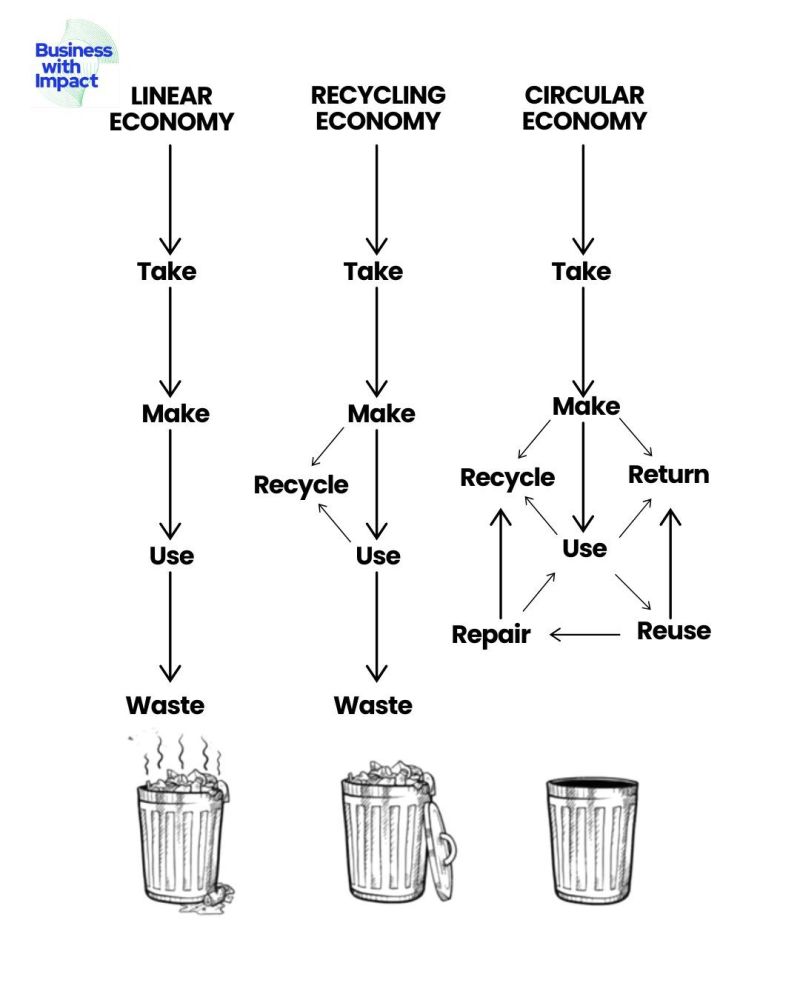"In order to build a new business model for cotton farming, an American is working together with Indian farmers. More than 50 per cent of India’s population is in agriculture and related industries. They make up nearly 20 per cent of the country’s GDP. Yet, stories of farmer suicides have been plaguing the country throughout the last 5 years. In 2013, for instance, nearly 12,000 farmers committed suicide; that would be on average more than 40 deaths a day."

In order to build a new business model for cotton farming, an American is working together with Indian farmers. More than 50 per cent of India’s population is in agriculture and related industries. They make up nearly 20 per cent of the country’s GDP. Yet, stories of farmer suicides have been plaguing the country throughout the last 5 years. In 2013, for instance, nearly 12,000 farmers committed suicide; that would be on average more than 40 deaths a day.
Cotton is one of India’s specialty crops; India is also the second largest producer of cotton, after China. Yet more than 90 per cent of cotton is produced using conventional methods and with GMO seeds. The trouble with GMO seeds is that they cannot be used over and over again. That means farmers have to invest more to buy more seeds after every harvest. As a matter of fact, organic farming would have disappeared if ChetCo wouldn’t have pushed for it.
The Hyderabad-based Chetna cooperative set up six seed banks in the last two years — all are concentrated in Orissa where cotton has become a cash crop in
Orissa where cotton has become a cash crop in
recent times. The seed banks are helping bring back a collection of non-GMO seeds to the Indian subcontinent. Seeds are only the first step, though. Historically, organic cotton farmers have sold their organic harvest for conventional prices because of a lack of demand. The Chetna Co-op was built to not only facilitate organic cotton farming in the country, but also help these farmers find a market.
How did it start?
Three years ago, New York-based Godfrey was working at Loomstate, an American brand selling organic cotton clothing sourced from India. While Loomstate was one of the small number of companies interested in rectifying the cotton supply chain, Rhett Godfrey, Founder of the Chetna Coalition realised there was power in numbers. So at the Textile Exchange’s Organic Cotton Round Table in Istanbul, Turkey, he asked other clothing retailers to commit a percentage of their supply chain to organic cotton, sourced from the Chetna Cooperative. 80 per cent of the brands were not interested. They said, go do it first and then come back to us.
ChetCo is aiming to build a CSA model. In the past three years, ChetCo’s membership has been doubled, and they are buying 320 per cent more cotton fibres. As a result, the co-op’s organic cotton sales have gone from 17 per cent (in 2013) to more than 49 per cent (in 2015/16 harvest).
Besides Loomstate, there are about a dozen brands working on organic cotton supply chain. They include Boll and Branch, a New Jersey-based company, that produces organic cotton bedding, towels, and blankets; PACT, specialising in the basics (undies, camis, leggings); Nudie Jeans, a Swedish brand with retail outlets in the US, making organic cotton denims. For them, the smaller the better mantra works the best and they are in hurry to expand their horizons, which can be challenging at this juncture. For them, growth has to come with social welfare.
In this line, Colorado-based PACT has invested in the infrastructure of these cotton-growing communities by updating tribal boarding schools for girls, giving them bikes to get to & fro, providing business training for women, and supporting cooperative training and research. The result has been lower drop-out rates and more girls staying in school.
Currently, 16 brands have committed to ChetCo, working with nearly 35,000 small-scale organic cotton farmers and 2,000 garment workers. By 2015, the company had produced over two million organic cotton items using this supply chain. These numbers definitely indicate sings of good times, yet the rest is up to the fashion police to put across the message of promoting such businesses with social cause.











